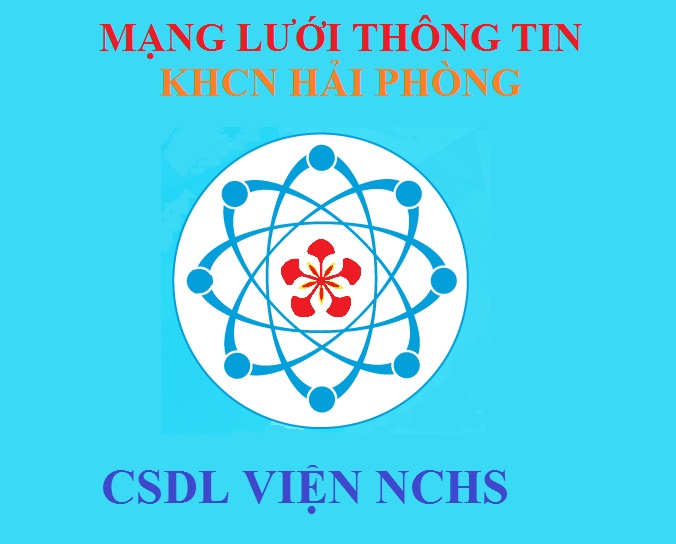General Information
Author: Nguyễn Thanh Bình, Bùi Thị Thu Hiền, Phạm Thị Điềm, Phạm Thị Tuyến, Lê Anh TùngIssued date: 31/12/2021
Issued by:
Content
Tóm tắt
Trong quy trình chế biến cá rô phi đã thu được một số phụ phẩm có giá trị kinh tế và dinh dưỡng như đầu, xương, vậy, bụng các sản phẩm phụ này vẫn chưa được sử dụng một cách triệt để. Phụ phẩm cá rô phi (đầu, xương, vây) là một nguồn nguyên liệu có có hàm lượng protein cao đạt 17,04% và giá thành thấp sẽ được sử dụng làm nguyên liệu chính trong quá trình thủy phân thu dịch đạm giàu axit amin. Dịch đạm thủy phân từ phụ phẩm cá, chứa các peptide ngắn có hoạt tính sinh học và đa dạng các axit amin thiết yếu, là một nguồn nguyên liệu giàu dinh dưỡng ứng dụng cho công nghiệp thực phẩm. Mục đích của nghiên cứu là xác định điều kiện thủy phân phụ phẩm cá rô phi băng enzyme protease để thu dịch đạm giàu axit amin. Quá trình thủy phân đã khảo sát sự ảnh hưởng của các yếu tố và xác định được các miền giá trị có ảnh hưởng mạnh nhất đến hàm lượng nitơ axit amin (Naa) của dịch thủy phân như hỗn hợp enzyme Flavourzyme và Protamex với tỷ lệ 1,0:1,5; nhiệt độ thuỷ phân 55oC; tỷ lệ E/s từ 0,6-1,0%; thời gian từ 6-7 giờ; tỷ lệ nước từ 10-30%. Dịch đạm thủy phân thu được có mùi thơm đặc trưng, không có mùi lạ, màu vàng nâu, vị ngọt nhẹ, hàm lượng Naa đạt 10,92g/l; tỷ lệ nitơ axit amin (Naa) so với nitơ tổng số (Nts) chiếm 63,67% và tăng lên khoảng 20 lần so với nguyên liêu ban đầu.
Từ khóa: Cá rô phi, phụ phẩm, thủy phân, axit amin.
Abstract: In the tilapia processing process, some by-products of economic and nutritional value such as heads, bones, and stomachs have not been fully utilized yet. Tilapia by-products (heads, bones, fins) are a source of raw materials with high protein content reaching 17,04% and low cost. Amino Acids. Hydrolyzed protein from fish by-products, containing short peptides with biological activity and a variety of essential amino acids, is a rich source of nutrients for food industry applications. The purpose of the study was to determine the hydrolysis conditions of tilapia by-products using protease enzymes to obtain protein-rich amino acids. The hydrolysis process investigated the influence of factors and determined the value domains that had the strongest influence on the amino acid nitrogen (Naa) content of the hydrolyzate such as the mixture of Flavorzyme and Protamex enzymes with the ratio 1,0:1,5; hydrolysis temperature 55oC; E/s ratio from 0,6-1,0%; time from 6-7 hours; water ratio from 10-30%. The obtained hydrolyzed protein has a characteristic aroma, no strange smell, yellow-brown color, slightly sweet taste, Naa content reaches 10,92g/l, the ratio of amino acid nitrogen (Naa) to total nitrogen (Nts) ) accounted for 63,67% and increased about 20 times compared to the starting material.
Keywords: Tilapia, by-products, hydrolysis, amino acids.
Download













